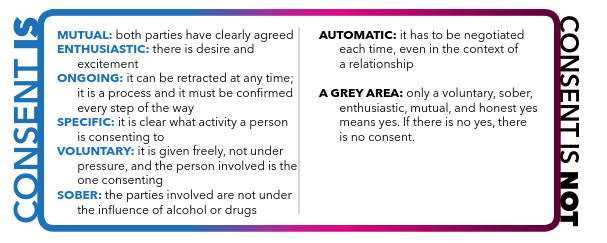Education is one of the foundations of Canadian society. If you are wondering why your board is addressing issues of equity and inclusion recently, a policy/program memorandum has impacted the way Ontario public school boards are conducting their business of education.
Through the Policy/Program Memorandum No. 119, Developing and Implementing Equity and Inclusive Education Policies in Ontario Schools, it is stated that there is a need for our “publically funded education system to support and reflect the democratic values of fairness, equity, and respect for all” (Ministry of Education, 2013). The Government of Ontario has established three core priorities in education:
- high levels of student achievement
- reduced gaps in student achievement
- increased public confidence in publically funded education (Ministry of Education, 2013)
In “providing a high-quality education for all is a key means of fostering … diversity is affirmed within a framework of common values that promote the well-being of all citizens” (Ministry of Education, 2013). The Ministry of Education recognizes factors such as race, sexual orientation, physical or mental disability, gender, and class can create barriers to learning. There is evident that some groups of students continue to encounter discriminatory barriers to learning. Research shows that when students feel connected to teachers and other students, they do better academically (Goleman, 2006).
Through Policy/Program Memorandum No. 119, all publically funded school boards are required to address equity and inclusive policies covering in three areas of focus including:
- shared and committed leadership by the ministry, boards, and schools to eliminate discrimination through the identification and removal of biases and barriers
- equity and inclusive education policies and practices to support positive learning environments that are respectful and welcoming to all
- accountability and transparency with ongoing progress demonstrated and communicated to the ministry and the community (Ministry of Education, 2013)
The policy further goes on to state that “school board policies must be comprehensive and must cover the prohibited grounds of discrimination set out in the Ontario Human Rights Code. The code prohibits discrimination on any of the following grounds: race, colour, ancestry, place of origin, citizenship, ethnic origin, disability, creed (e.g., religion), sex, sexual orientation, gender identity, gender expression, age, family status, and marital status” and the intersectionality that may occur within this list (Ministry of Education, 2013).
So what does this mean to teachers?
School boards must seek out barriers to learning for all students. Teachers therefore must also address barriers to learning due to factors such as race, sexual orientation, physical or mental disability, gender, and socioeconomic status.
Through Policy/Program Memorandum No. 119, school boards, and teachers, must address barriers to learning that fall within prohibited grounds of discrimination set out in the Ontario Human Rights Code. This policy will impact all ways Ontario teachers conduct their business of education.
In the next few blogs, I will address some of the barriers to learning that students face based on their race, sexual orientation, disability, gender, and socioeconomic status.
If you would like me to address barriers to learning for a specific student group, please provide a suggestion below.
Collaboratively yours,
Deb Weston
References
Goleman, D. (2006). Social Intelligence: The New Science of Human Relationships.-New York, NY: Bantam Dell, A Division of Random House.
Ontario Ministry of Education. (2013). Policy/Program Memorandum No. 119: Developing and Implementing Equity and Inclusive Education Policies in Ontario Schools, Government of Ontario. Toronto. Downloaded from http://www.edu.gov.on.ca/extra/eng/ppm/119.pdf

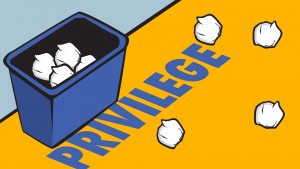
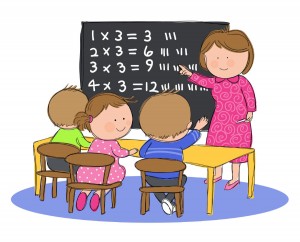
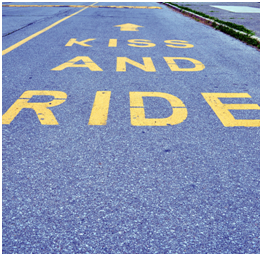
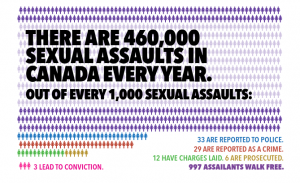 imately 460,000 women are sexually assaulted, although only a fraction of them report the assault to the police (1).
imately 460,000 women are sexually assaulted, although only a fraction of them report the assault to the police (1).